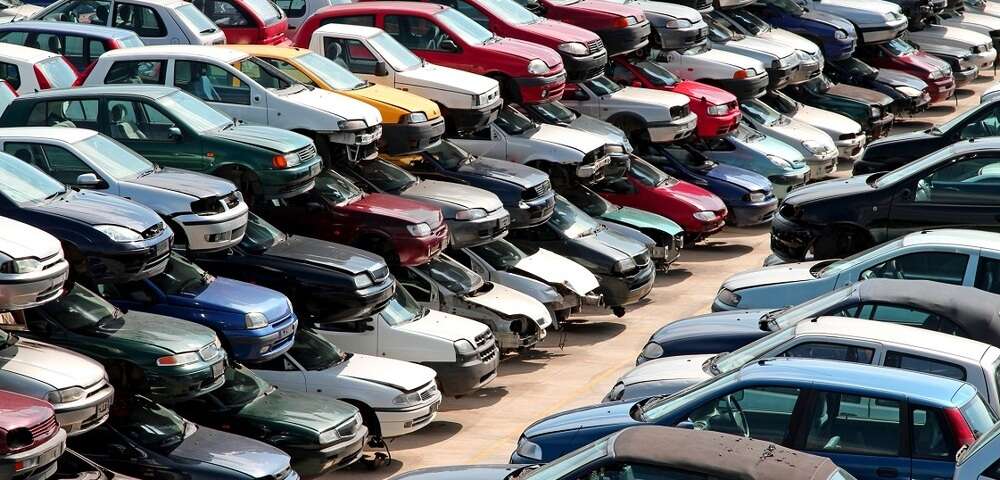Watching the proceedings in the central hall of the Parliament last night, one couldn’t help but feel the significance of the moment. We saw history in the making, no doubt, and a strong signal to the world that Indian reforms are well on their way.
A transformation of this scale and scope is undoubtedly complex and will also be accompanied by issues arising from some sectors being overlooked and potentially causing unintended collateral damage. One such area that we will have to closely evaluate is the impact of the new GST regime on the used car industry and therefore on the new car industry.
At 3.3 million vehicles, the used car industry in India is now larger than the new car industry by way of volume and plays a significant and critical role in enabling the new car industry. In our estimate, 27% of all new car sales to consumers are enabled by an exchange of their prior vehicle. It also plays a fundamental role in satisfying masses of young aspiring families striving to buy their first set of wheels.
Over half the buyers of used cars are first time buyers. Furthermore, the industry is only now getting organized on the back of brands that are working on providing a high level of trust and confidence to consumers venturing to buy their first (used) car with proper process, experience and paperwork.
The used car retail industry fundamentally differs from the new car industry in its being primarily a “trading” play. Wholesale trades (from one dealer to another or dealer to consumer) require high liquidity in wholesale markets to allow an exchanged (or other) used car to flow through distribution channels and ultimately into the hands of a new owner. Value added in each transaction itself is relatively low, but as described above, the value provided by these channels to the automotive industry overall is enormous.
Hence our view is that the area of used cars might have just been overlooked or not looked at through the lens of “trading”.
In essence, the used car industry is a critical part of the automotive ecosystem and has to be dealt with as a major sector of utmost importance. However, for taxation purposes cannot be treated like the new car industry which is manufacturer driven.
In the GST environment, as it stands on July 1, the GST rate structure has been aligned with the new car rates, presumably under a broad umbrella of “car sales”. However, as we just described above, the used vehicle industry relies heavily on these cars being traded via wholesale channels to allow the vehicle to find its new owner.
This vehicle may go through one or several wholesale transactions before it is retailed to a new consumer, and these wholesale transactions are extremely important to provide “inventory liquidity” to the used car marketplace.
The idea of a uniform GST rate pan-India is welcome and urgently needed. The rate structure pre-GST was highly variable from state to state. For example, Maharashtra had a VAT of 1.875% of the sale value and Andhra Pradesh/Telangana had a VAT of 14% on the differential between selling and buying price. When one looks at the country overall, the average VAT rate (pre-GST) worked out to be in the neighbourhood of 5%-6% on the differential between selling and buying price.
Costs incurred by the dealer to refurbish and transport the vehicle for example are in addition to the taxes that have to be paid out of the gross margin. However, with a base GST rate of 28% and accompanied cess, we are now looking at tax rates of 28% to 43% on the gross margin generated, probably the highest in the world for used car transactions.
This rate would make it four to five times the existing national average and twice the maximum existing VAT (which was very high). Generally speaking, If a used car dealer sells 5-6 vehicles a month at an average price of Rs.2.5 Lakhs each, generating 10% gross margin, a tax rate of 28% on the margin (Rs. 7,000) will fundamentally make his business unviable and challenge his very livelihood.
Implications of such a high rate can be two-fold: 1) Supress exchange penetration and raise the prices of used vehicles thereby supressing demand for cars overall 2) Drive transactions to the unorganized sector wherein sellers and buyers might resort to “jugaad” to get around the taxation.
We don’t believe either of these outcomes are desired or intended by the Government and hence our view that the area of used cars might have just been overlooked or not looked at through the lens of “trading”.
The GST rate therefore needs to be urgently re-visited and reduced to be more inline with prevailing equivalent VAT rates across the country which are in the neighbourhood of 5%-6% of the differential between selling and buying price (gross margin in other words).
As leaders of the organized used vehicle sector, we at Mahindra First Choice Wheels are keen to see rapid and high adoption of a reasonable GST regime that will allow dealers to buy and sell vehicles in a transparent, trusted manner and ultimately satisfy a billion aspirations of car ownership. An appeal to the GST Council – we hope the GST rates can be modified to reasonable levels and implemented as quickly as possible.
[“Source-economictimes”]






